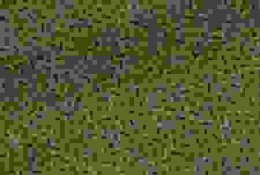JonBowerbank
Member
Hey everyone!
Thought I'd share with you all some of my recent results.
I bulkloaded and shot about 8 or 9 rolls of Kodak 5279 500 ISO Tungsten stock with my trusty Nikon FM SLR, and instead of ECN-2, I tried doing it with C-41 chemicals.
The images rendered very well, with a strange sickle cell grain (some think it's reticulation, but it's TBD).
Feel free to check out my set, and to ad me on Flickr: http://www.flickr.com/photos/jonathanbowerbank/sets/72157614573399785/
thanks!
Jonathan Bowerbank
RESUME: Dead Link Removed
IMDb: http://www.imdb.com/name/nm2815160/
Photography Portfolio: http://www.flickr.com/photos/jonathanbowerbank/sets
Thought I'd share with you all some of my recent results.
I bulkloaded and shot about 8 or 9 rolls of Kodak 5279 500 ISO Tungsten stock with my trusty Nikon FM SLR, and instead of ECN-2, I tried doing it with C-41 chemicals.
The images rendered very well, with a strange sickle cell grain (some think it's reticulation, but it's TBD).
Feel free to check out my set, and to ad me on Flickr: http://www.flickr.com/photos/jonathanbowerbank/sets/72157614573399785/
thanks!
Jonathan Bowerbank
RESUME: Dead Link Removed
IMDb: http://www.imdb.com/name/nm2815160/
Photography Portfolio: http://www.flickr.com/photos/jonathanbowerbank/sets







